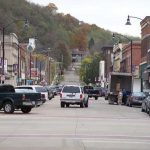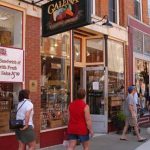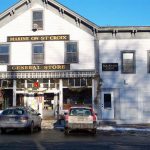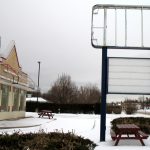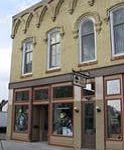Helping Downtown Businesses During Difficult Economic Times
This article summarizes some recent insights from various downtown and business development professionals. Their recommendations often involve using this difficult period as an opportunity to implement innovative marketing and operational ideas on both a district and business level.
Read More...
